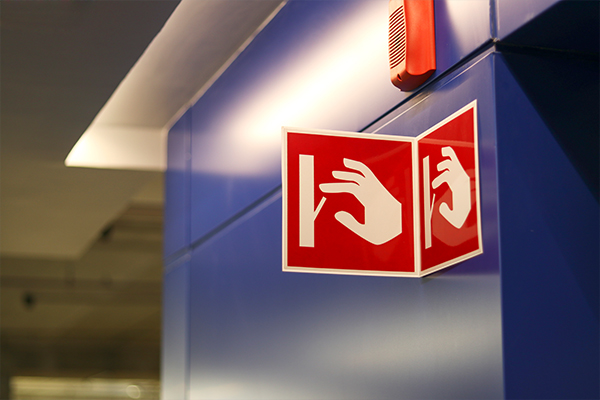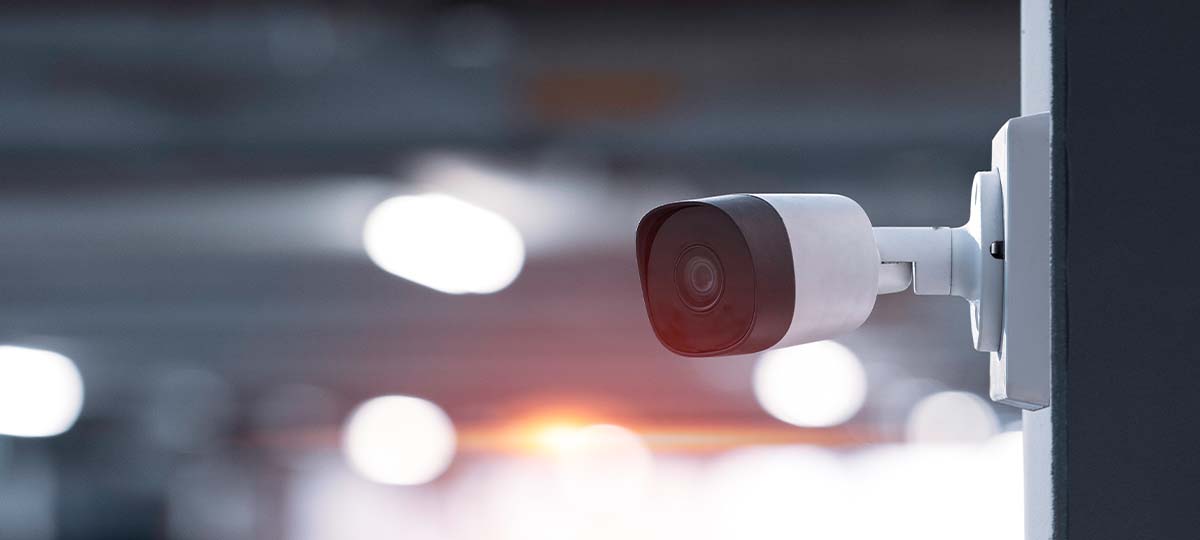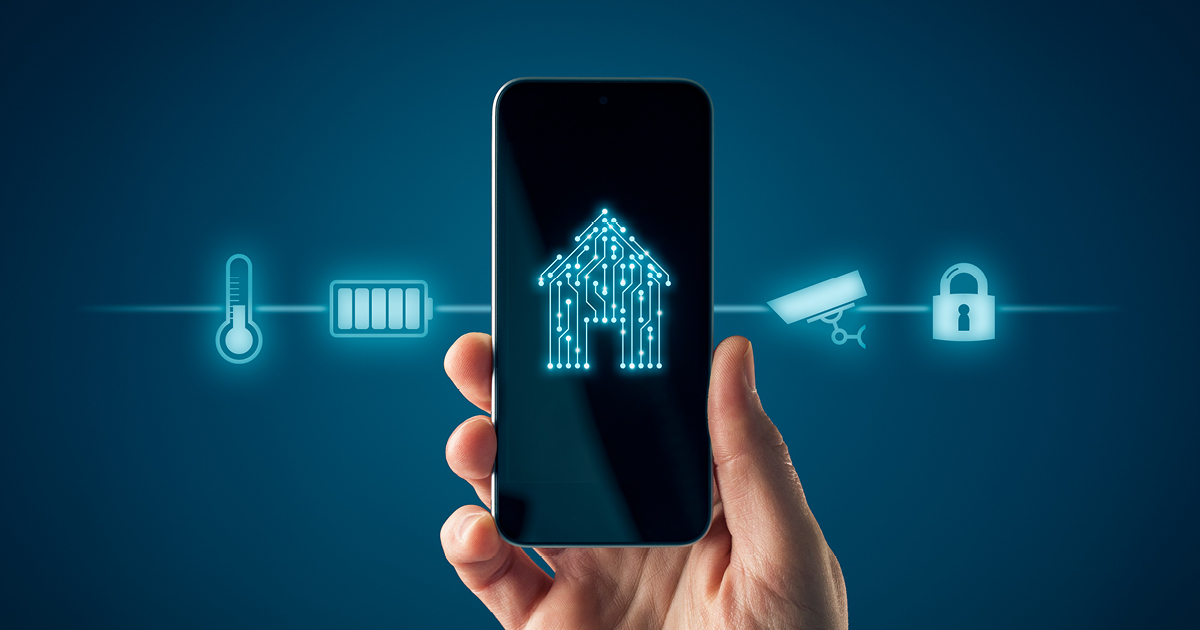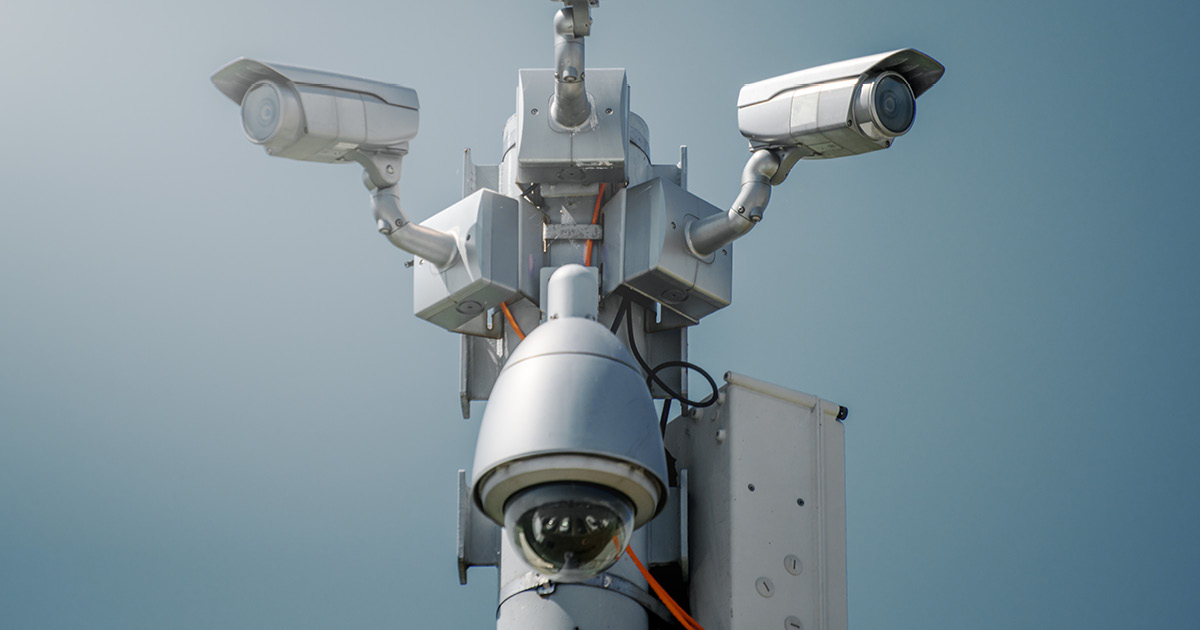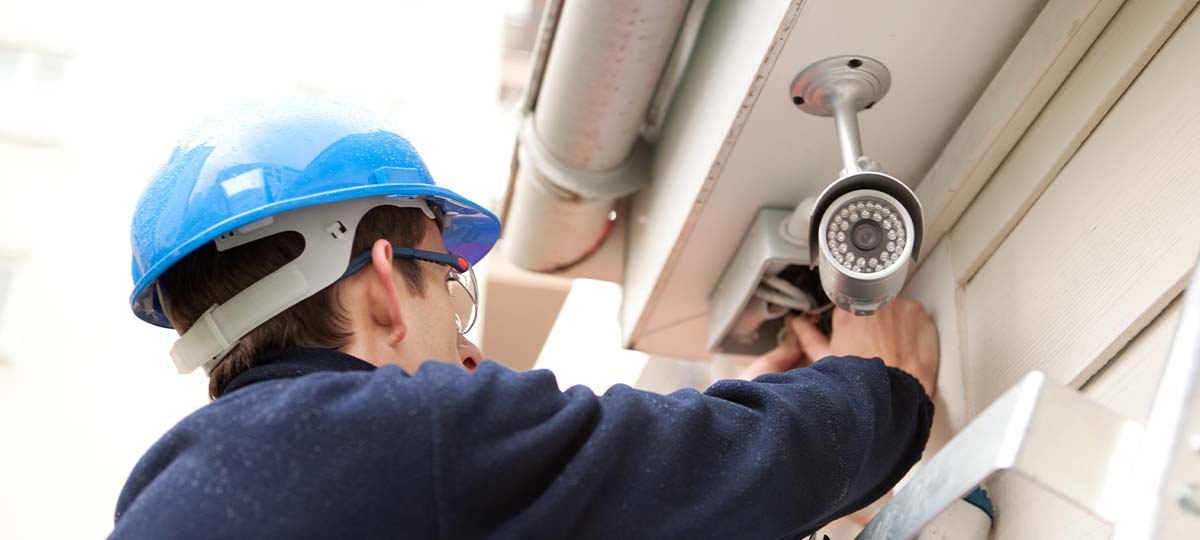Where Should Fire Alarm Pull Stations Be Located?
While they generally go unnoticed until a moment of need, fire alarm pull stations are an integral part of a business or large residential building’s commercial fire system.
What is a fire alarm pull station?
As opposed to a smoke detector or sensor, human intervention activates a manual pull station and is the catalyst for setting off a fire alarm. These stations are utilized when someone identifies fire or smoke in a building, and the alarm has yet to go off.
A manual pull station is essential to any fire safety system because it provides a hands-on way for occupants to trigger an alarm if the smoke or heat detectors malfunction. This requirement is also part of NFPA 101, which is one of many NFPA codes and commercial fire safety standards regulated by local authorities having jurisdiction.
What’s the difference between single- and dual-action?
There are two common types of pull stations, which include single action and dual action. A single-action pull station is the simple version, where all one needs to do is pull down on the lever. A dual-action pull station means that someone needs to take two actions to sound the alarm. In some cases, that means opening a box or breaking glass around the handle before someone can access it.
While a single-action pull station is more straightforward, there’s an introduced risk that a child or someone playing a practical joke can easily access the equipment. A dual-action system is more likely to prevent an accidental activation.
Where should I install pull stations?
The location of your fire alarm pull stations will depend on the design and occupancy of your building. While most buildings require at least one pull station, many buildings will need multiple across different floors and areas to meet standards set in NFPA 72, National Fire Alarm and Signaling Code.
Generally, fire alarm pull stations must be located within 200 ft of each other and 60 inches from exits. If your building has long hallways and a lot of exits, you are likely going to need a lot of fire alarm pull stations. A fire alarm pull station also needs to be placed between 42 and 48 inches from the floor with no surrounding obstructions, keeping it accessible to anyone.
How do I get started?
Business and building owners can get started with fire alarm pull station installations as they arrange their overall fire system installation. Working with the team of expert service technicians at FSS Technologies allows you to leave the details and the legal requirements of your building’s fire alarm system to us.
If you have any questions or want to set up a consultation, contact us today!
